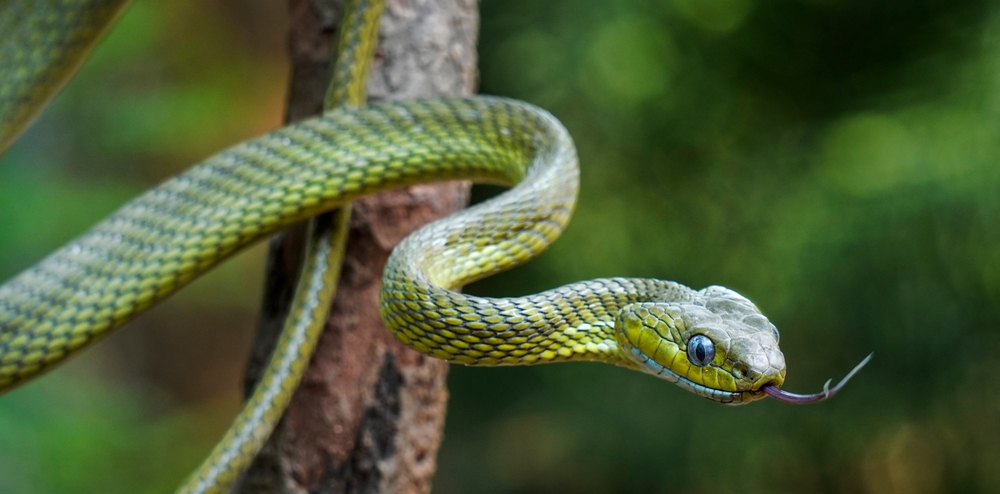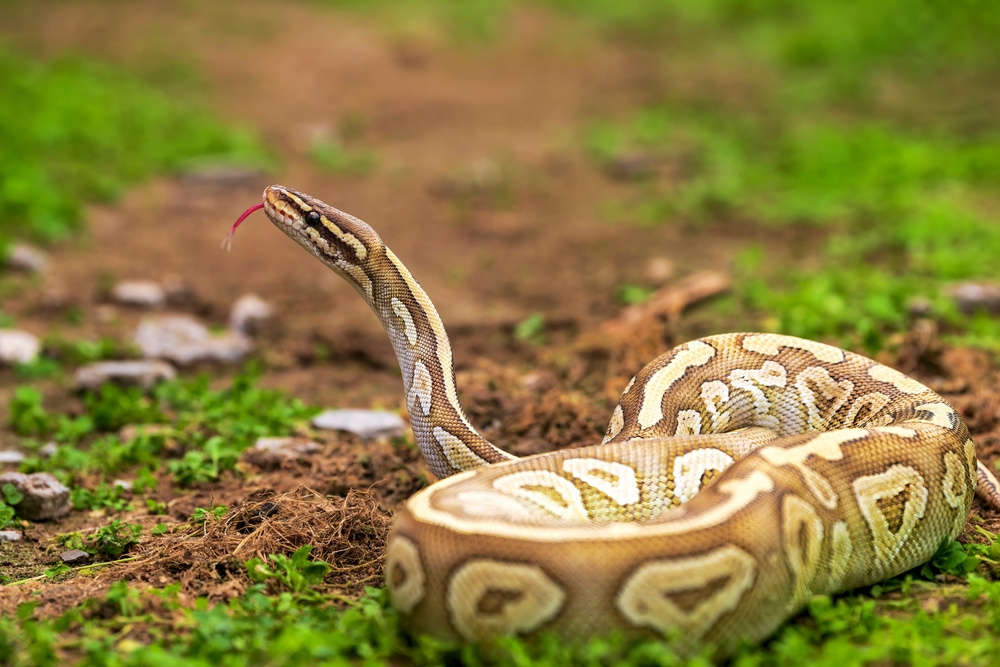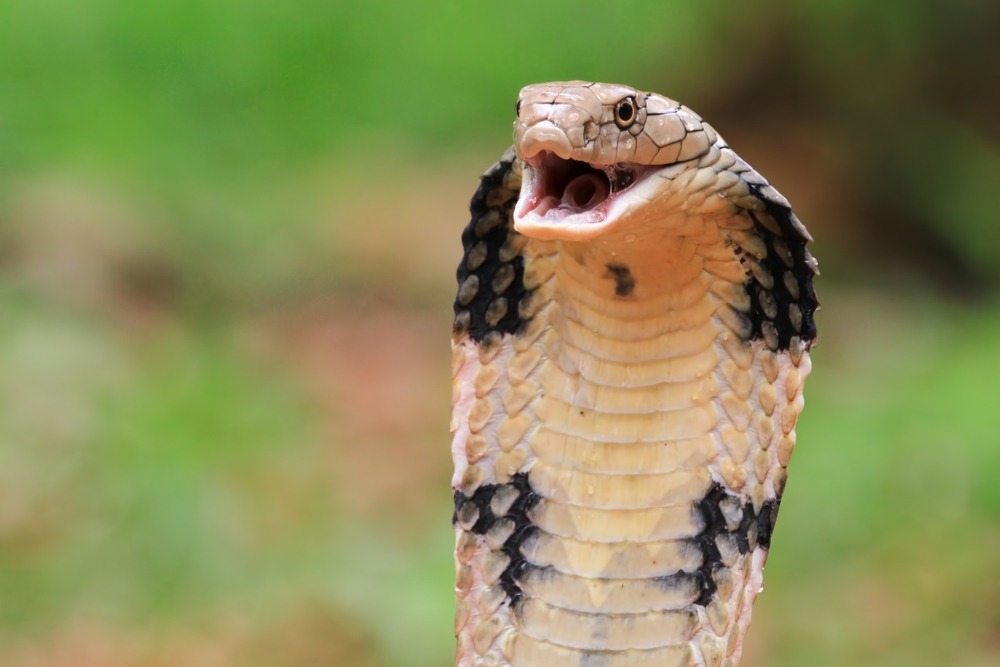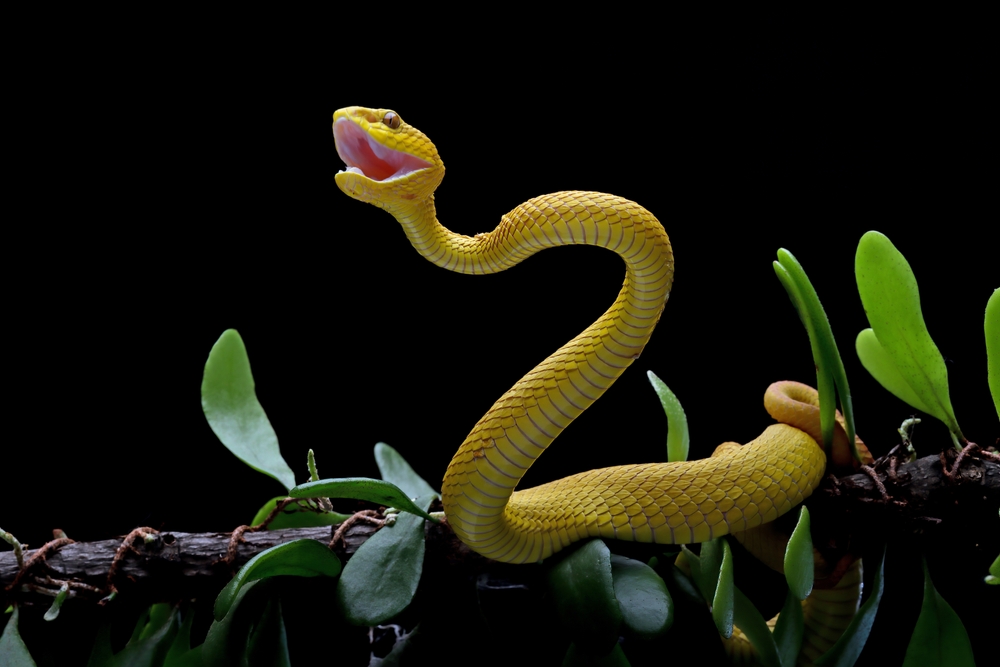Lunar New Year is here! This January 29, the Year of the Dragon comes to an end and we roll into the Year of the Snake! We’ll be the first to admit that snakes get kind of a bad reputation. In folklore, mythology, and popular media alike, you’ll often see snakes portrayed as villains, traitors, or cowardly tricksters. In the real world, however, there is much to admire about these legendary legless critters. Here are just a few of our favorite tidbits of knowledge, courtesy of our nine award-winning children’s magazines!

Snake Bodies
- A snake resting in the warm sun can slow down its breathing and heartbeat so it uses almost no energy at all. That means that snakes don’t need to eat very often and one big meal gives it the energy to survive for months.
- Speaking of one big meal, a python doesn’t have teeth to chew, so it unhinges its jaw, swallows an animal whole, and digests it over the course of a week.
- A snake’s long “backbone” is made up of at least 100 smaller bones. Some snakes also have over 400 ribs. (A human has only 24.) Bones aren’t the only category in which snakes outclass us– even the smallest snakes have roughly 12,000 muscles in their body, whereas humans have about a measly 800. Kind of puts their lack of arms and legs into perspective!
- Because organs are squeezed tightly into a snake’s long, thin body, most snakes only have room for one big lung! Interestingly, this is pretty much always the right lung. (Some snakes have a small, undeveloped left lung.) Snakes can also breathe and eat at the same time, which humans cannot do.

Snake Senses
- Most snakes have eyes on the sides of their head. They can tell if something moves, but they cannot see clearly. Snakes do not have eyelids. Instead, a clear cap covers each eye, so a snake’s eyes are always open, even when it’s sleeping.
- Have you ever heard the term “pit viper?” It doesn’t mean a snake that lives in a pit. They literally have little pits on the sides of their heads that help them sense heat, which makes it easier to detect prey. Imagine them a bit like heat-seeking goggles.
- Snakes have few, if any, taste buds on their tongues, yet they use them to smell. How is that possible? A snake flicks its tongue in and out to “taste” the air. When the snake pulls its tongue back into its mouth, the tips of the forked tongue are stuck into two holes in the roof of the mouth, called Jacobson’s organ. This sends messages to the brain, allowing the snake to “smell.”
- Snakes do not have outer ears or eardrums. Bones in their head pick up vibrations from the ground. Vibrations let the snake know if an animal is nearby or if a storm is coming. This is also why “snake charming” is a hoax of sorts—snakes can’t really hear the music but instead follow the “charmer’s” movements.

Snakes Around the World
- Snakes live on every continent except Antarctica, and in almost every habitat you can think of. They even live in the sea and at heights up to 16,000 feet—specifically, in the Himalayan mountains.
- North America is home to 21 species of venomous snakes, which may sound like a lot until you learn that there are over 3,400-3,900 species of snake in the world. Australia has the most venomous snakes in the world, playing host to around 66 to 110 kinds of dangerous snakes. (It’s hard to define what truly counts as venomous here because most venomous snakes don’t actually cause serious harm to humans.)
- The largest concentration of snakes in the world can be found in the Narcisse Snake Dens in Manitoba, Canada. Every May, around 50,000 or more red-sided garter snakes emerge from hibernation in underground dens and begin to look for mates. The largest of these dens may contain up to ten thousand snakes apiece. Visitors to the Snake Dens are allowed to hold and touch the snakes—but please consider if you really want to be surrounded by thousands of snakes before you show up!

Just for Fun
- The first “modern” snakes evolved around 120 million to 130 million years ago. Experts now think that, contrary to some prior theories, early snakes lived on land. They may have also had tiny, unusable feet, a relic of an evolutionary ancestor. That’s right, snakes descended from lizards.
- At least one snake has lived in the White House—and we don’t mean a pest that accidentally got in! President Theodore Roosevelt’s daughter Alice was the proud owner of a garter snake named Emily Spinach, so named because she was as green as spinach and as thin as Alice’s Aunt Emily. Her brother, Quentin Roosevelt, was also reportedly a snake fan.
- The dwarf reed snake, which lives in heavily forested parts of southeast Asia, has a unique way of escaping predators: it cartwheels! Now, you may ask how a creature with no limbs does a cartwheel. Think more literally: it actually turns itself into a hoop and “wheels” away! We can imagine that would confuse plenty of predators!
Want to make your very own draft snake to keep out the winter chill? Try the first activity in this blog post, courtesy of ASK Magazine!
Learn even more about snakes with this individual back issue of FACES, dedicated entirely to our scaly friends!



